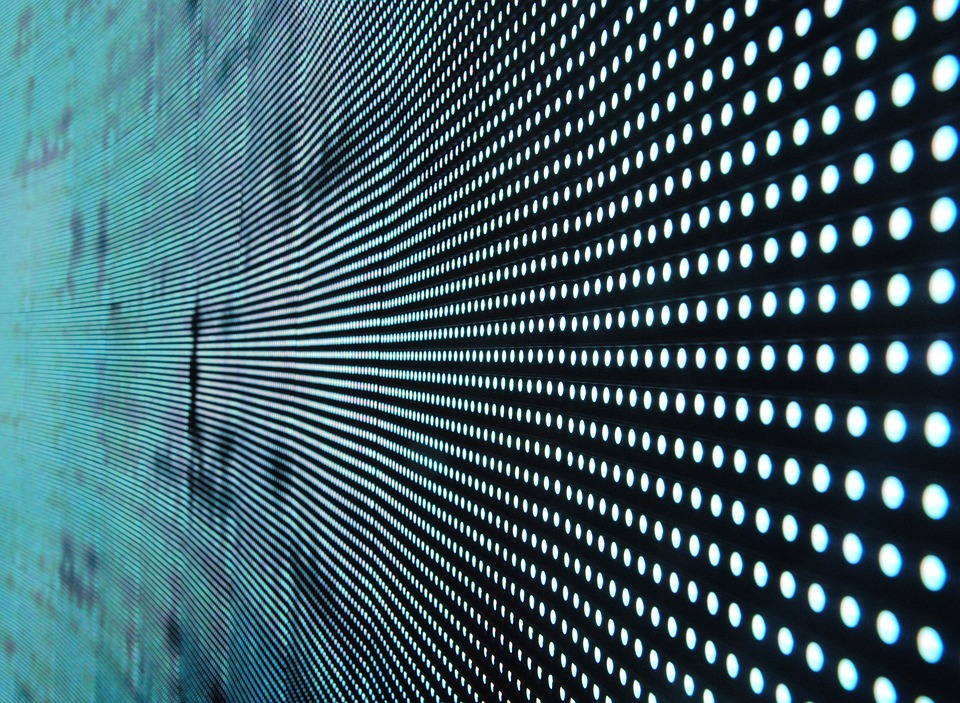A new study published in the European Journal of Preventative Cardiology reported that exposure to blue light would decrease blood pressure and reduce the risk of developing cardiovascular disease.
In previous studies, it is shown that UV light can help the skin to release nitric oxide and decrease blood pressure. Researchers from the University of Surrey and Heinrich Heine University Dusseldorf have collaborated with Philips to learn whether body exposure to blue light also has the same effect as visible blue light is not carcinogenic compared to UV light.

(Image: Pixabay)
In the study, participants were exposed to 30 minutes of whole-body blue light at approximately 450 nanometres, the wavelength similar to daily sunlight - followed by exposure to a control light on a different day. To assess the impact, participants' blood pressure, artery stiffness, blood vessel dilation and blood plasma levels of nitric oxide stores were measured before, during, and up to two hours after irradiation with both lights.
With the experiment, researchers discovered that exposure to whole-body blue light significantly reduced the systolic blood pressure of participants by almost 8 mmHg, compared to the control light which had no impact. According to the study, the reduction of blood pressure from blue light is similar to what is seen in clinical trials with blood pressure lowering drugs.
Besides blood pressure lowering effects, the study also showed that exposure to blue light improves other cardiovascular risk markers including reduction of arterial stiffness and increasing blood vessel relaxation. This further supports that light could be used to prevent cardiovascular disease. Researchers also found that exposure to blue light increased levels of nitric oxide which is an important signaling molecular that protects the cardiovascular system. It is believed that blue light releases from the skin into the blood stream where it relaxes the blood vessels, increasing blood flow and decreasing blood pressure.
"Exposure to blue light provides an innovative method to precisely control blood pressure without drugs. Wearable blue light sources could make continued exposure to light possible and practical. This would be particularly helpful to those whose blood pressure is not easily controlled by medication, such as older people," said Christian Heiss, Professor of Cardiovascular Medicine at the University of Surrey and NHS consultant.












